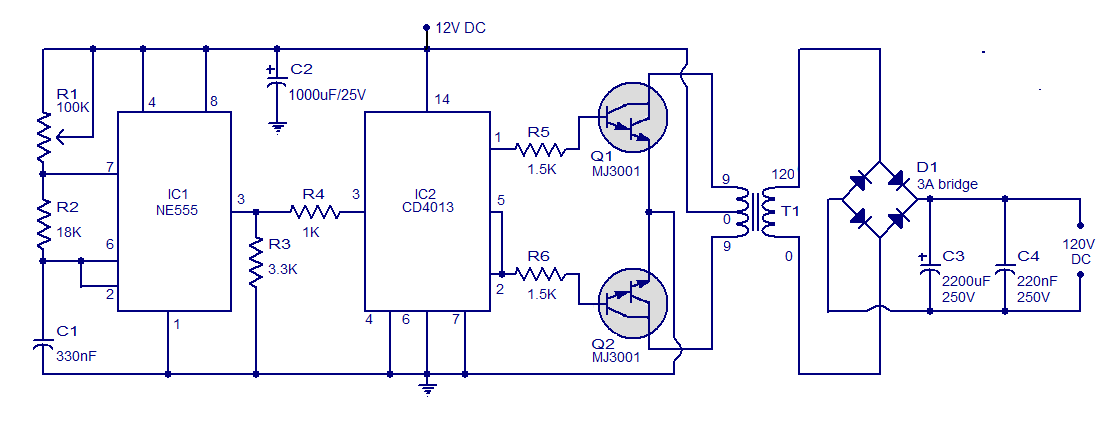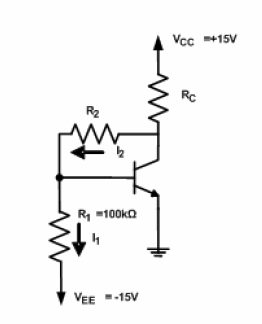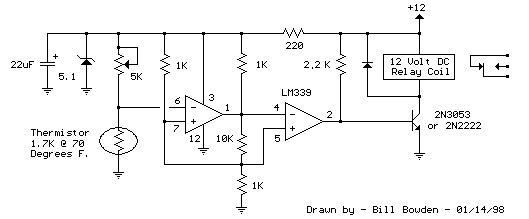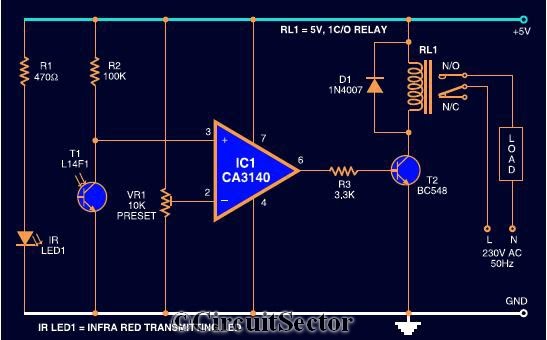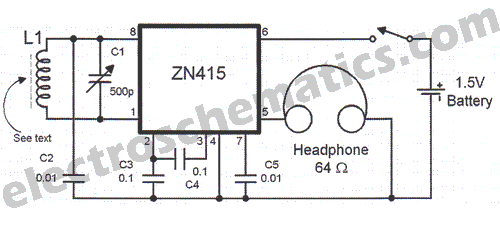
H bridge motor driver circuit
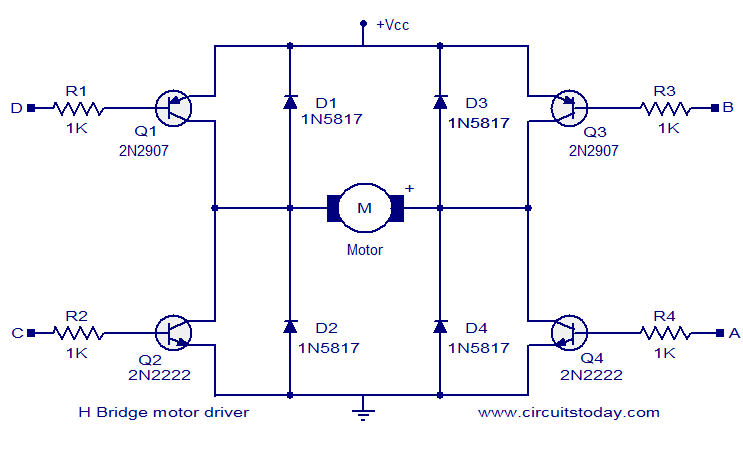
The circuit presented is a simple H-bridge motor driver circuit utilizing commonly available components. An H-bridge is an efficient method for driving motors and is widely used in various electronic projects, particularly in robotics. The circuit illustrated is a standard four-transistor H-bridge configuration. Diodes D1 to D4 provide a safe pathway for the back electromotive force (back EMF) generated by the motor to dissipate, thereby protecting the associated bipolar transistors from potential damage. Resistors R1 to R4 limit the base current to the corresponding transistors. The operation of this circuit is straightforward. When terminal D is grounded and terminal A is connected to +Vcc, transistors Q1 and Q4 are activated, allowing current to flow through the motor from left to right. Conversely, when terminal B is grounded and terminal C is connected to +Vcc, transistors Q3 and Q2 are activated, causing current to flow through the motor from right to left, resulting in the motor rotating in the opposite direction.
The H-bridge motor driver circuit is a fundamental component in motor control applications. It consists of four switching devices, typically bipolar junction transistors (BJTs) or MOSFETs, arranged in a bridge configuration. This arrangement allows for the control of motor direction by selectively activating pairs of transistors. The diodes D1 to D4, often referred to as flyback diodes, are critical in managing the inductive kickback generated when the motor is switched off. This kickback can produce high voltage spikes that may damage the transistors; thus, the diodes provide a path for this current, ensuring circuit longevity.
Resistors R1 to R4 serve to limit the base current to the transistors, preventing excessive current that could lead to thermal runaway or damage to the transistors. The values of these resistors must be chosen based on the transistor specifications and the desired switching speed.
The control signals applied to terminals A, B, C, and D dictate the operation of the motor. The state of these terminals can be controlled by a microcontroller or a similar device, allowing for precise control over motor operation. By grounding terminal D and applying +Vcc to terminal A, the circuit enables forward motion, while grounding terminal B and applying +Vcc to terminal C reverses the motor direction.
This H-bridge configuration not only allows for bidirectional control of the motor but also enables the implementation of features such as speed control through pulse-width modulation (PWM). By varying the duty cycle of the PWM signal applied to the transistors, the average voltage across the motor can be adjusted, thus controlling its speed. This versatility makes the H-bridge motor driver an essential building block in robotics and automation projects.The circuit given here is of a simple H bridge motor driver circuit using easily available components. H Bridge is a very effective method for driving motors and it finds a lot of applications in many electronic projects especially in robotics.
The circuit shown here is a typical four transistor H Bridge. The diodes D1 to D4 provide a safer path f or the back emf from the motor to dissipate and thus it protects the corresponding bipolar transistors from damage. Resistors R1 to R4 limit the base current of the corresponding transistors. Working of this circuit is very easy to understand. When terminal D is grounded and A is pulled to +Vcc, transistors Q1 and Q4 will be on and current passes through the motor from left to right.
When terminal B is grounded and C is pulled to +Vcc, transistors Q3 and Q2 will be on and current passes through the motor from right to right making the motor to rotate in the opposite direction. 🔗 External reference
The H-bridge motor driver circuit is a fundamental component in motor control applications. It consists of four switching devices, typically bipolar junction transistors (BJTs) or MOSFETs, arranged in a bridge configuration. This arrangement allows for the control of motor direction by selectively activating pairs of transistors. The diodes D1 to D4, often referred to as flyback diodes, are critical in managing the inductive kickback generated when the motor is switched off. This kickback can produce high voltage spikes that may damage the transistors; thus, the diodes provide a path for this current, ensuring circuit longevity.
Resistors R1 to R4 serve to limit the base current to the transistors, preventing excessive current that could lead to thermal runaway or damage to the transistors. The values of these resistors must be chosen based on the transistor specifications and the desired switching speed.
The control signals applied to terminals A, B, C, and D dictate the operation of the motor. The state of these terminals can be controlled by a microcontroller or a similar device, allowing for precise control over motor operation. By grounding terminal D and applying +Vcc to terminal A, the circuit enables forward motion, while grounding terminal B and applying +Vcc to terminal C reverses the motor direction.
This H-bridge configuration not only allows for bidirectional control of the motor but also enables the implementation of features such as speed control through pulse-width modulation (PWM). By varying the duty cycle of the PWM signal applied to the transistors, the average voltage across the motor can be adjusted, thus controlling its speed. This versatility makes the H-bridge motor driver an essential building block in robotics and automation projects.The circuit given here is of a simple H bridge motor driver circuit using easily available components. H Bridge is a very effective method for driving motors and it finds a lot of applications in many electronic projects especially in robotics.
The circuit shown here is a typical four transistor H Bridge. The diodes D1 to D4 provide a safer path f or the back emf from the motor to dissipate and thus it protects the corresponding bipolar transistors from damage. Resistors R1 to R4 limit the base current of the corresponding transistors. Working of this circuit is very easy to understand. When terminal D is grounded and A is pulled to +Vcc, transistors Q1 and Q4 will be on and current passes through the motor from left to right.
When terminal B is grounded and C is pulled to +Vcc, transistors Q3 and Q2 will be on and current passes through the motor from right to right making the motor to rotate in the opposite direction. 🔗 External reference

